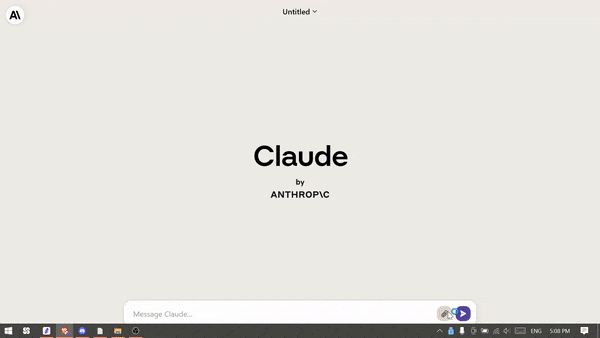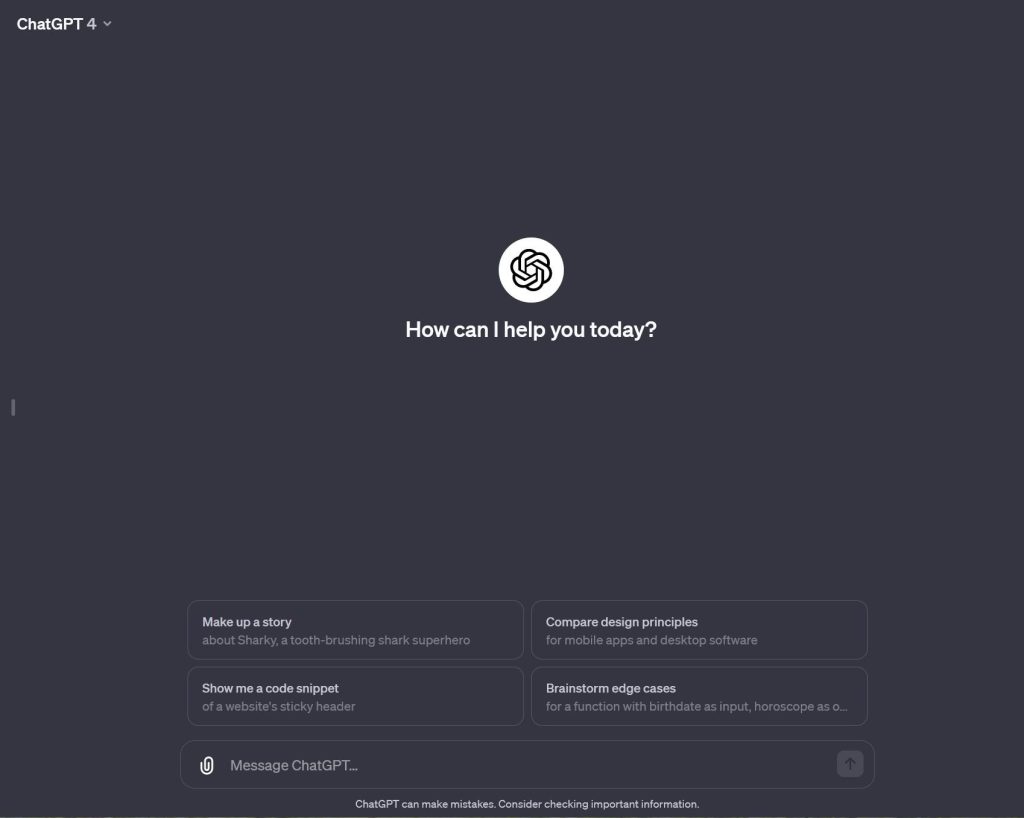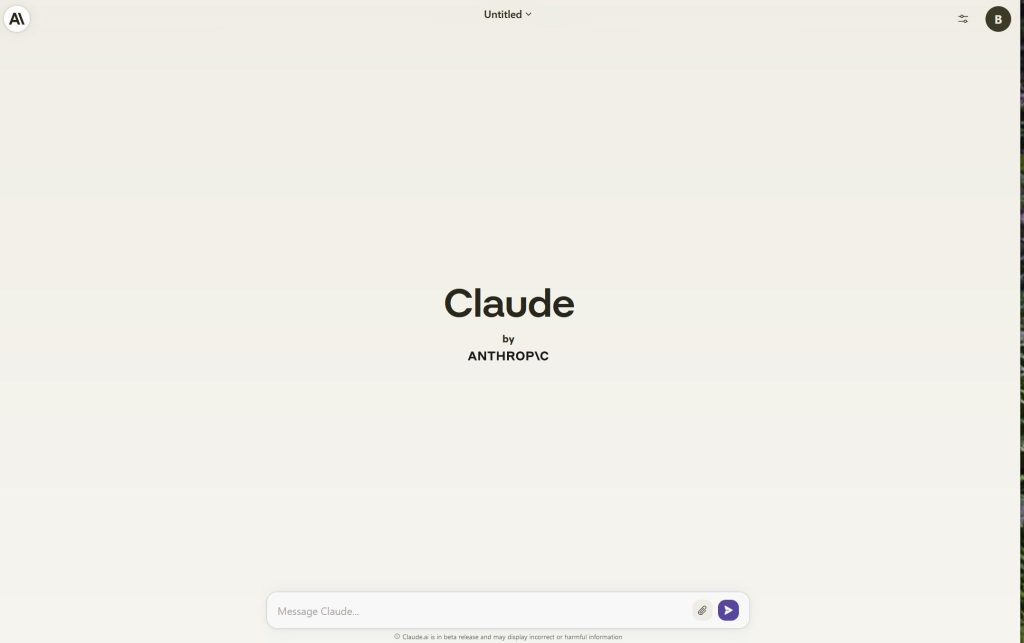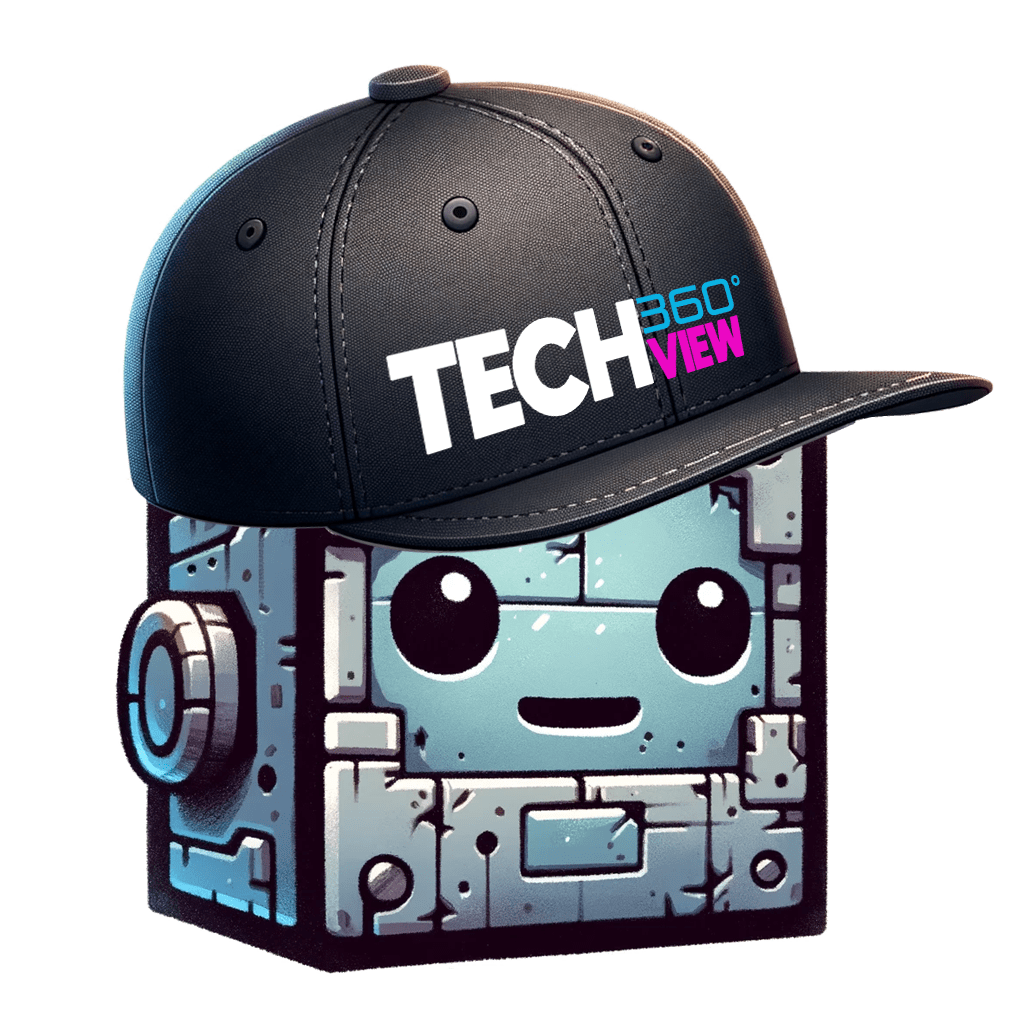
Welcome to a quick comparison of the two current heavyweight champions of AI language models – Claude by Anthropic and ChatGPT by OpenAI. But which one do you use? Or is it based on your goals or experience, let’s dare I say it…dive in!
Understanding Claude and ChatGPT
Claude: Anthropic’s Brainchild
Anthropic’s Claude is built on constitutional AI principles, focusing on providing advanced language capabilities and business applications. It shines in tasks like summarization, search, creative writing, Q&A, and coding. Anthropic envisions expanding Claude’s abilities, making it an AI powerhouse.
ChatGPT: OpenAI’s Versatile Tool
ChatGPT is known for its versatility across a multitude of tasks, from creative content generation to code writing. It has made significant waves in various sectors, demonstrating capabilities like translation and medical proficiency.
When To Use Chat GPT and When To Use Claude AI
| Task | ChatGPT | Claude |
|---|---|---|
| General Inquiry & Casual Conversation | Users seeking detailed, nuanced responses | Users preferring brief, to-the-point answers |
| Technical Assistance or Coding Help | Developers or users needing in-depth explanations | Users looking for quick solutions or summaries |
| Content Creation | Writers or marketers needing verbose, creative content | Users requiring concise, efficient content generation |
| Business Analytics & Data Queries | Business professionals needing comprehensive analyses | Executives or managers in need of fast, digestible insights |
Key Features Comparison
| Feature/Aspect | ChatGPT (OpenAI) | Claude (Anthropic) |
|---|---|---|
| Parent Company | OpenAI | Anthropic |
| Backed By | Microsoft | |
| Launched On | 30th November 2022 | 14th March 2023 |
| Number of Users | 100 million + | Private; not yet launched to the public |
| Technology Used | GPT-3.5 and GPT-4 | Constitutional AI |
| Calculations | Better | Fine |
| Mathematical Reasoning | Poor | Poor |
| Writing Ability | Creative | Natural |
| Code Generation | Good | Optimized |
| Text Summarization | Good | Better than ChatGPT |
| Data Analysis | Good | Writes optimized code |
| Machine Learning | Basic | Good |
| Time Series | Good | Understands the question well |
| Natural Language Processing | Bad | Good |
| Uses | – Versatile tasks from writing code to generating creative content. – Translation, summarization, and market trend prediction. – AI chatbot with a broad range of applications. | – Advanced language capabilities and business applications. – Tasks like summarization, search, Q&A, and coding. – Focused on providing a helpful, harmless, and honest AI assistant. |
| Strengths | – Versatility in applications. – Broad language support. – Wide user base and extensive interaction history. – Continuous innovation in capabilities. | – Sophisticated writing skills. – Larger context window for handling extensive data. – Ethical considerations with constitutional AI. – Focused enhancements for business tasks and technical context. |
| Weaknesses | – Tends to falter after several exchanges, | – |
Writing Abilities and Context Window
Both models boast impressive writing skills tailored to their respective domains. Claude is ideal for sophisticated tasks, while ChatGPT’s versatility makes it suitable for a wide array of applications. In terms of context, Claude can handle extensive content with its large context window, outdoing ChatGPT’s smaller range.Chat GPT
Claude AI

Language Support
ChatGPT leads with extensive language support, catering to a global user base. On the other hand, Claude offers quality support primarily for English and a few other languages, focusing on its strength areas.
Performance Benchmarks
When it comes to coding and legal exams, ChatGPT slightly edges out Claude in certain areas. However, Claude’s targeted approach and advanced capabilities make it a formidable opponent, especially in technical and business contexts.
| Feature | ChatGPT (GPT-4 by OpenAI) | Claude 2 by Anthropic |
|---|---|---|
| Token Capacity | Capable of processing up to 175 billion tokens with a prompt size range of 8192 to 32768 tokens. | Handles up to 2 billion tokens with a maximum prompt size of 100K tokens. |
| Response Time | Typically responds within a few seconds. | Delivers responses in under a second. |
| Information Currency | Data is up-to-date until the year 2021. | Information is refreshed as of September 2022. |
| Service Uptime | May experience availability issues due to peak demand. | Available around the clock with consistent uptime. |
| Cost Structure | Offers a no-cost tier; the premium service, ChatGPT Plus, is priced at $20 monthly. Token usage costs range from $0.03 to $0.12 per thousand tokens. | Includes a complimentary tier; Claude Pro is available at $20 monthly. Token usage is priced between $0.01 and $0.03 per thousand tokens. |
| Data Analysis Features | Able to elucidate on data analysis concepts and utilizes an Advanced Data Analysis plugin to effectively process files like spreadsheets. | Capable of elucidating data analysis concepts and gleaning insights from shared content within the established token limit. |
| Visual Data Interpretation | Does not inherently possess image processing abilities; however, plugin extensions enable such features. | Does not include capabilities for image recognition. |
| Programming Proficiency | Adept at creating straightforward code across multiple programming languages and clarifying programming principles. | Able to compose elementary code snippets and clarify specific programming operations. |
| Reliability of Responses | Generally reliable across various subjects, though occasionally presents incorrect or illogical responses due to its expansive training dataset. | Highly reliable within its scope, aiming for responses that are safe, accurate, and principled, yet still susceptible to errors. |
User Experience and Accessibility
Both models strive for super basic user-friendly interfaces and seamless interaction. ChatGPT’s broad user base and integration with various platforms give it an edge, while Claude’s focus on business applications offers a streamlined experience for professional tasks.


Ethical Considerations and Bias
Both Anthropic and OpenAI strive to mitigate harmful content and bias in their respective models, Claude and ChatGPT. For content moderation, both platforms reject and flag similar types of inappropriate content, including:
- Hate Speech and Harassment: Content that promotes hate or discrimination against individuals or groups based on race, ethnicity, religion, gender, sexual orientation, disability, or other identity markers.
- Demeaning statements: Anything humiliating about others is usually flagged even when the incentive is comedy or for fun. You have to really trick the AI to write a funny joke unless its G-rated.
- Violence and Harm: Statements that encourage violence or self-harm, or content that is graphically violent.
- Sexual Content: Explicit sexual content or material that exploits individuals.
- Misinformation and Deception: Knowingly spreading false information or engaging in deceptive practices.
- Illegal Activities: Any content promoting illegal activities or providing guidance on engaging in such activities.
As for the perception of which platform is more “woke” or safeguarded, it often depends on the community and the specific implementations at any given time, as both companies are continually updating their approaches.
The Sum Up
both Claude and ChatGPT stand out with their unique capabilities and applications. Claude’s focus on advanced language skills, business tasks, and ethical AI makes it a strong candidate for professional and technical domains. ChatGPT’s versatility and wide-ranging applications cater to a broader audience, offering solutions across various sectors.
As we continue to witness the evolution of AI, understanding the strengths and limitations of models like Claude and ChatGPT is essential for leveraging their capabilities effectively. Whether for business, creative, or technical tasks, both models offer powerful tools that can transform the way we work and communicate. As they advance, the promise of AI becomes more tangible, opening new doors for innovation and progress. So, whether you lean towards Claude’s precision or ChatGPT’s versatility, the future of AI is bright, with endless possibilities waiting to be explored.

